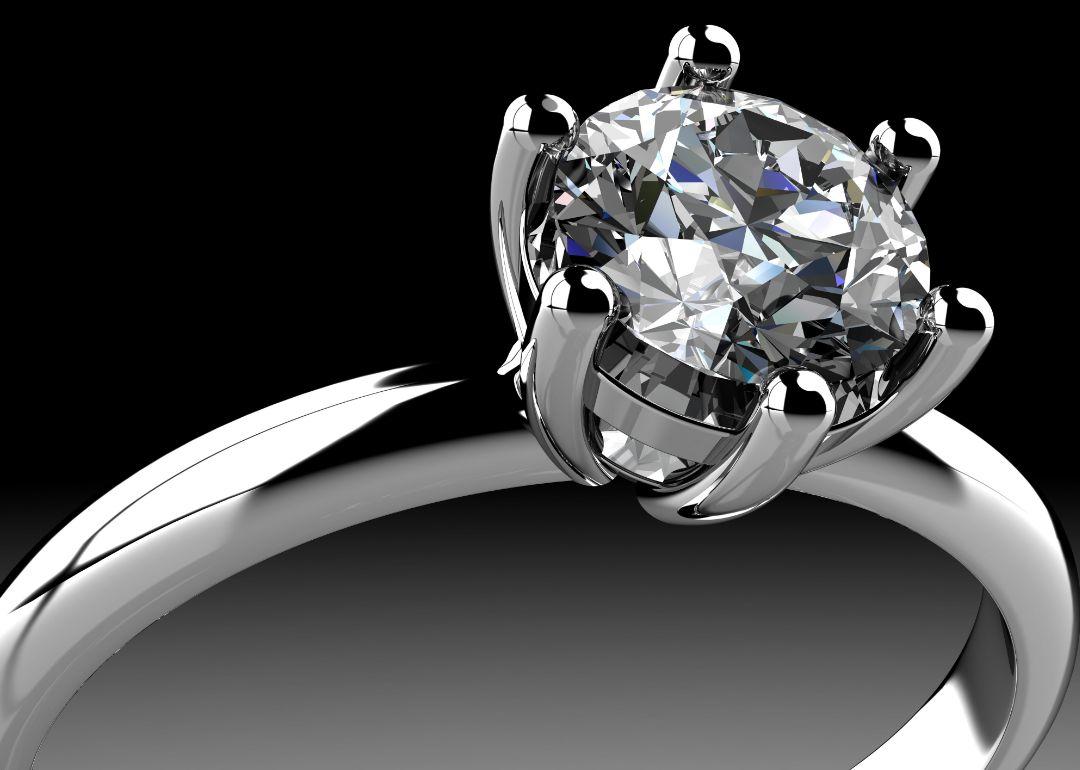
Is it time to say 'I do' to manufactured diamonds? The rise of the lab-grown diamond industry
This story originally appeared on Jewel360 and was produced and distributed in partnership with Stacker Studio.
Is it time to say 'I do' to manufactured diamonds? The rise of the lab-grown diamond industry
From golden age movie musicals to Billboard-charting songs, diamonds are embedded in cultures throughout the world. Egyptians saw diamonds as symbols of power. Indian myths have the deity Krishna giving his beloved a diamond to reflect her beauty. Romans and Greeks thought diamonds were splinters of falling stars.
Using data from the Kimberley Process, an international body meant to prevent conflict diamonds from entering the market, Jewel360 examined the growing lab-grown diamond industry and what it means for traditionally produced gems.
In 2023, the global diamond market is expected to grow to $2.55 billion from $2.43 billion last year, driven by rising disposable incomes, especially in China and India, according to the Business Research Company. This increase, however, comes against a backdrop of growing interest in lab-grown diamonds.
The sales of lab-grown diamonds reached $12 billion in 2022, up 38% from 2021, according to data from industry analyst Paul Zimnisky. As of September 2022, the sales value of natural diamond engagement rings dropped 47.2%, while lab-grown diamond engagement rings showed a slight uptick at 0.8%, according to diamond industry analyst Edahn Golan.
"The big fear in the natural diamonds industry is that consumers will start accepting lab-grown diamonds in engagement rings," Golan told CNN. "It's actually happening."
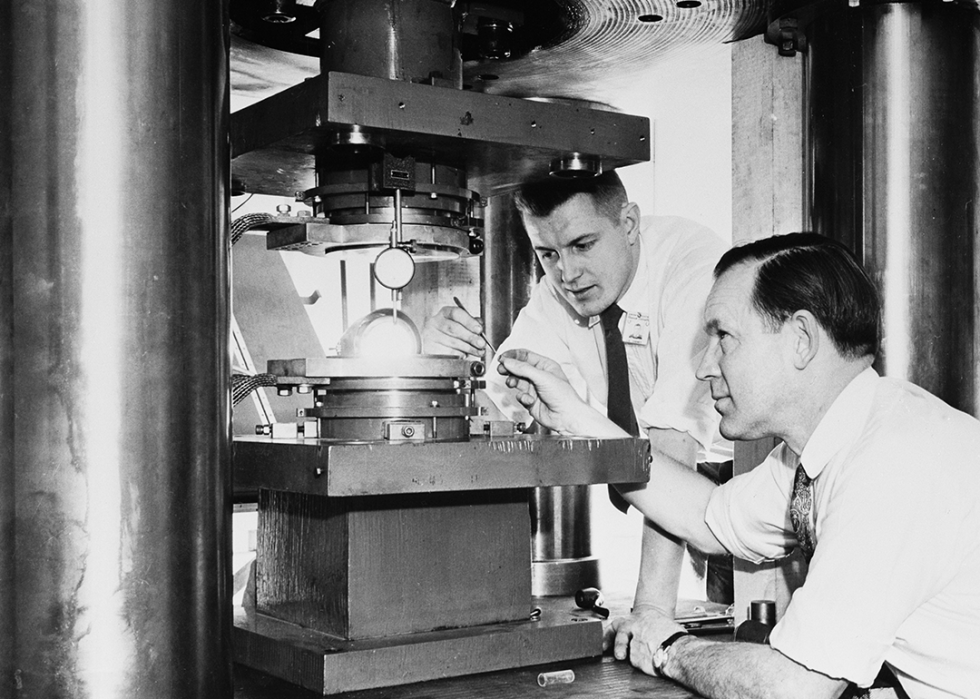
The surprisingly long history of manufactured diamonds
Though the technology sounds new and cutting-edge, lab-produced gemstones have existed for over a century. Geneva rubies, manufactured gems, appeared in the market during the 1880s and were sold as natural gems.
Lab-grown diamonds emerged in 1954 when GE scientists used high-pressure, high-heat technology to produce the first. It wasn't until the 1980s that they were more commercially available. Unlike imitation gems such as cubic zirconia, lab-grown diamonds are identical, chemically speaking, to natural diamonds. Continued investment in technology has helped them reach their status today.
Major jewelry brands in the U.S. have embraced the trend. Pandora sells an entire lab-grown collection starting at $290 for a 0.15-carat ring. Swarovski has also introduced a line of lab diamonds in addition to their popular crystal products.
In the U.S., consumers will know what kind of diamond they buy. Federal Trade Commission regulations require that lab-grown diamonds be advertised as such, which impacts the price of these diamonds and, ultimately, retailer profits.
Seven years ago, the average lab-grown diamond sold for 10% less than a traditional diamond, according to Zimnisky's data. The price gap has widened since then, with a 1-carat lab-grown jewel selling for 80% less than natural stones today.
"The global production capacity of lab-diamonds has exploded in recent years, and it is expected that the trend will likely continue for at least the next few years," Zimnisky explained in a post. "This dynamic has boosted the supply and pressured prices of lab-diamonds."
That price variation, fueled by differences in availability, may keep some legacy, high-end jewelry brands from adopting lab-grown technology.
Former Tiffany's executive Andy Hart told the jewelry publication JCK in 2019, "Our position is lab-grown diamonds are not a luxury material. We don't see a role for them in a luxury brand."
Though Tiffany's has held steadfast in that position so far, it may have to change its tune. Its parent company LVMH, which includes Louis Vuitton and Givenchy, is investing in lab-grown diamonds. It has since put these diamonds on the TAG Heuer Carrera Plasma watch in 2022. Jean Dousset, founded by the great-great-grandson of Louis Cartier, exclusively sells lab-grown diamonds.
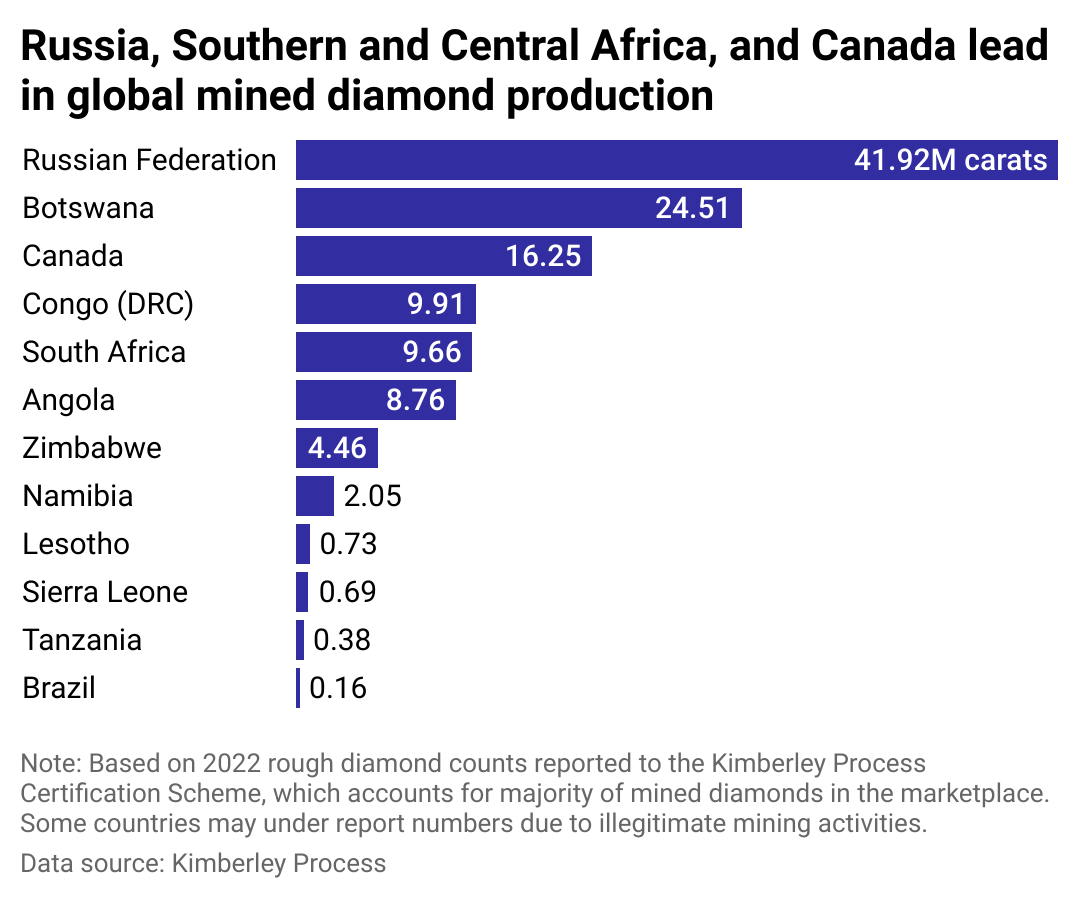
Ethical tensions of traditionally mined diamonds
Established in 2003, the Kimberley Process Certification Scheme emerged from United Nations negotiations to improve transparency in the diamond supply chain. The term "blood diamond," or stones mined in conflict zones to finance the fighting, became prominent after conflicts in Angola, Congo, and Sierra Leone piqued international attention.
Participating countries must have national legislation and institutions overseeing the industry, trade controls, and data transparency. According to human rights groups, the Kimberley Process does not go far enough in ensuring ethical supply chains for diamonds.
Even the World Diamond Council has advocated for updates to the Kimberley Process. "The KPCS today offers incomplete solutions, for the current definition of 'conflict diamonds' is ineffective in preventing all instances of systemic violence," Edward Asscher, president of the organization, said in a 2022 speech to the Kimberley Process Plenary.
In light of the Russia-Ukraine conflict, G7 countries (Canada, France, Germany, Italy, Japan, the United Kingdom, and the United States) are expected to announce a ban on importing Russian diamonds. Russia's gems are still certified under the Kimberley Process, but other nations argue the industry is supporting its ongoing war in Ukraine. The Kimberley Process specifies diamond sales can't fund activities of rebel groups, which would not affect Russia's certification under its guidelines.
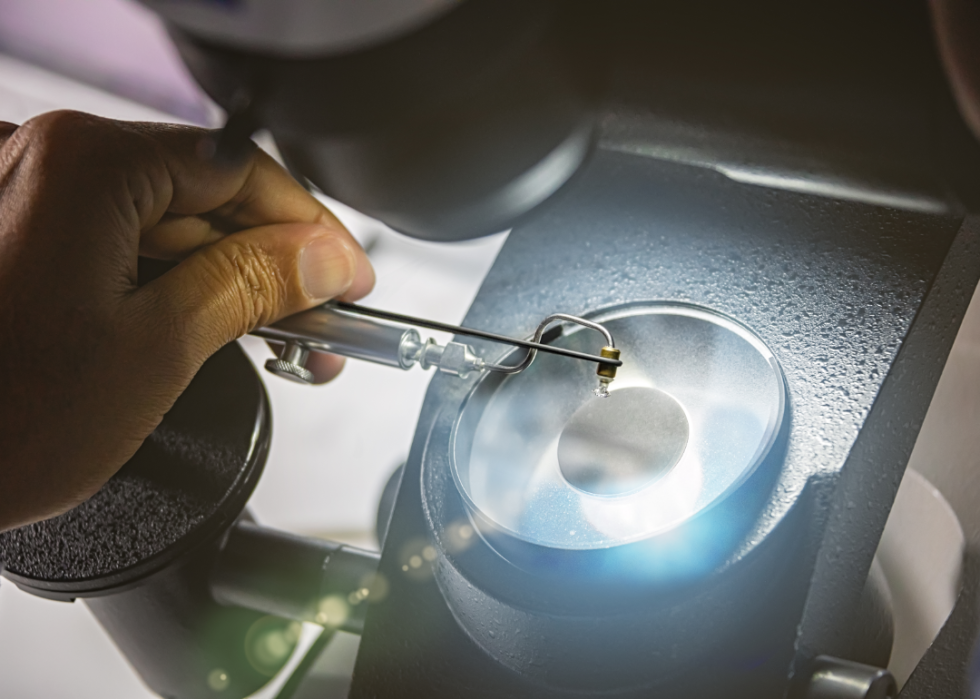
A shifting landscape for diamond production
The growing availability of lower-cost diamonds could shift the traditional dominance of certain countries in the diamond industry. India, already a major stone-polishing hub, accounts for 15% of global lab production. China and the U.S. have also become early leaders, with China accounting for the largest share.
Billions of years ago, natural diamonds formed deep below the Earth's surface, where temperatures can reach over 1600 degrees Fahrenheit. There are two main methods that replicate this natural occurrence in a controlled environment: chemical vapor deposition and the high-pressure/high-temperature process.
HPHT requires pressing a pure carbon material, like graphite, in extremely high temperatures and pressures for hours or weeks, depending on the stone size.
The CVD process takes a thin slice of a diamond or graphite. It exposes it to a blend of carbon, hydrogen, and oxygen gasses and high temperatures to crystalize the material. It takes days to weeks, but can produce multiple at once. CVD diamonds typically undergo additional heat treatment to remove the yellowish tone they develop from the chamber.
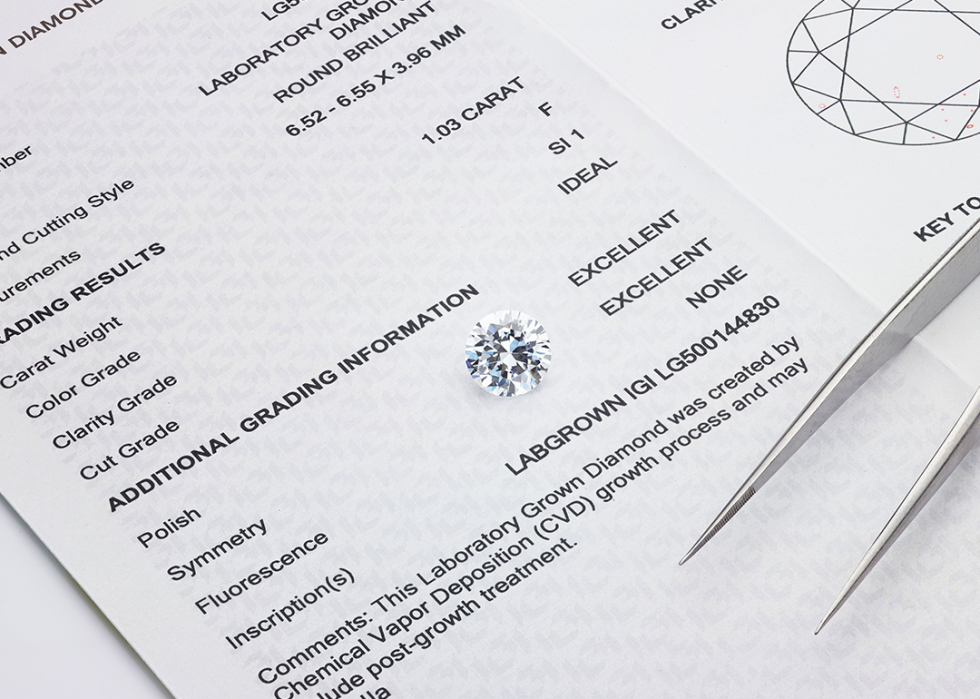
Genuine sustainability or greenwashing?
Part of the consumer appeal of lab-grown diamonds is avoiding natural stone's historically fraught supply chains and finding a more ethical and environmentally friendly alternative. However, lab-grown jewelry is not automatically a green option.
According to a report from S&P's Trucost on behalf of the Diamond Producers Association, now named the Natural Diamond Council, a 1-carat manufactured diamond is estimated to emit 1,127 pounds of carbon dioxide equivalent, over three times that of a mined diamond.
Other environmental impacts of mined diamonds outside of raw carbon footprint can be hard to measure as mining can contaminate water resources and contribute to deforestation and soil erosion.
When it comes to carbon footprint, companies like the San Francisco-based Diamond Foundry are seeking to close the loop by using solar power to produce their stones. Since diamonds are, in essence, crystallized carbon, other companies like Brilliant Earth and Aether have begun using carbon capture technology. The result is a diamond that helps remove carbon dioxide in the air rather than add to it.
Third-party measures, like the Certified Sustainability Rated Diamond developed by certification company SCS Global Services, have also been introduced, targeting natural and lab-grown diamonds. This certification provides a climate-neutral guarantee for consumers seeking jewelry from sustainability-forward companies.
While an older generation might still have reservations about lab-grown diamonds, environmental and economic pressures urge producers to look for better options, whether mined or manufactured.
Story editing by Carren Jao. Copy editing by Kristen Wegrzyn.



